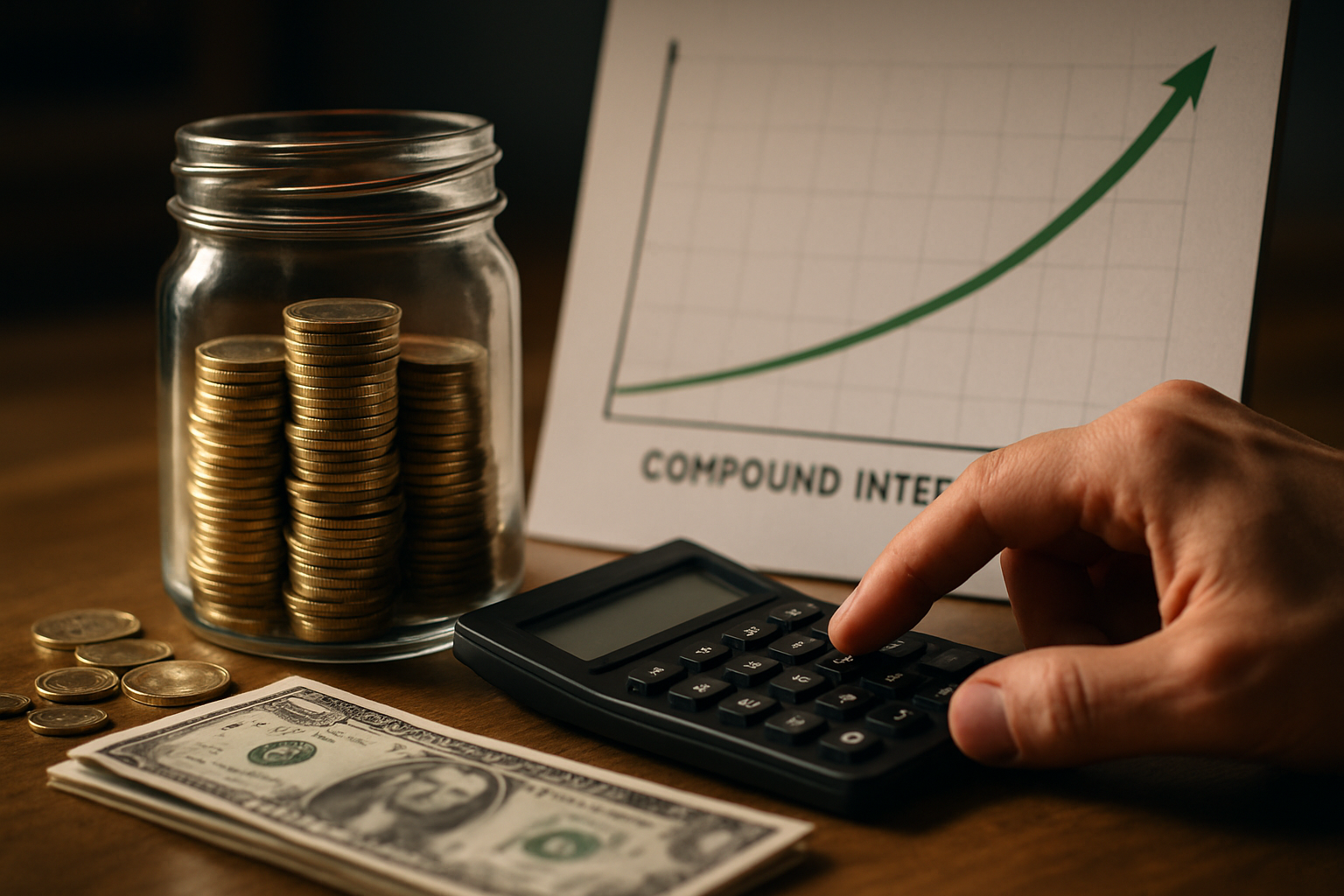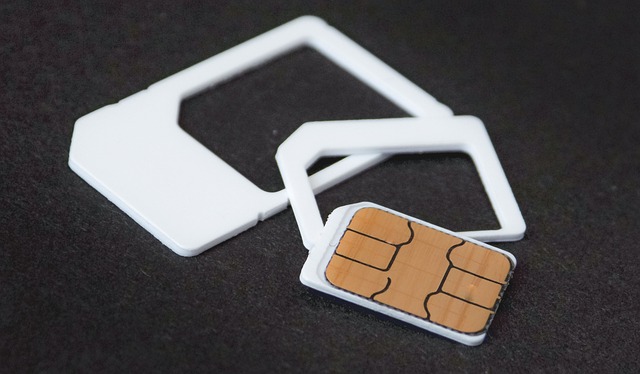A Senior’s Guide to Finding High-Yield Savings Accounts
As a senior, making the most of your savings is crucial for financial security and peace of mind. High-yield savings accounts offer an excellent opportunity to grow your money faster than traditional savings accounts. This guide will help you understand how these accounts work, what rates to expect, and key features to look for when choosing the best option for your needs.

How Do High-Yield Savings Accounts Work?
High-yield savings accounts operate similarly to traditional savings accounts but offer significantly higher interest rates. These accounts are typically offered by online banks or credit unions, which have lower overhead costs and can pass those savings on to customers in the form of higher annual percentage yields (APYs).
When you deposit money into a high-yield savings account, the bank pays you interest on your balance. This interest is usually compounded daily and credited to your account monthly. The higher the APY, the more your money will grow over time without any additional effort on your part.
What Are the Current Average Rates for 2025?
As of 2025, high-yield savings account rates have seen some fluctuations due to economic factors and Federal Reserve policies. While it’s important to note that rates can change frequently, the current average rates for high-yield savings accounts typically range from 3.50% to 5.00% APY.
It’s worth mentioning that these rates are significantly higher than the national average for traditional savings accounts, which hovers around 0.35% APY. This substantial difference highlights the potential benefits of switching to a high-yield option.
What Key Features Should Seniors Look For?
When searching for the best high-yield savings account, seniors should consider several important features:
-
Competitive APY: Look for accounts offering above-average interest rates to maximize your earnings.
-
Low or no minimum balance requirements: Some accounts may require a high minimum balance to earn the advertised APY. Choose an account with requirements that suit your financial situation.
-
FDIC or NCUA insurance: Ensure your funds are protected by selecting an account insured by the Federal Deposit Insurance Corporation (FDIC) or National Credit Union Administration (NCUA).
-
Easy access to funds: Check if the account offers convenient withdrawal options, such as ATM access, online transfers, or check-writing privileges.
-
User-friendly online and mobile banking: As a senior, you’ll want an intuitive platform that’s easy to navigate and manage your account.
-
Customer service: Look for banks that offer reliable customer support, preferably with options for phone, email, and chat assistance.
How Do High-Yield Savings Accounts Compare to Other Options?
High-yield savings accounts offer several advantages over other savings options, particularly for seniors. Let’s compare them to some alternatives:
| Option | Liquidity | Potential Returns | Risk Level |
|---|---|---|---|
| High-Yield Savings Account | High | Moderate | Low |
| Certificate of Deposit (CD) | Low | Moderate to High | Low |
| Money Market Account | Moderate | Moderate | Low |
| Traditional Savings Account | High | Low | Low |
| Stock Market Investments | High | High | High |
Prices, rates, or cost estimates mentioned in this article are based on the latest available information but may change over time. Independent research is advised before making financial decisions.
High-yield savings accounts offer a balanced approach, providing better returns than traditional savings accounts while maintaining high liquidity and low risk. This makes them an attractive option for seniors who want to grow their savings without exposing themselves to market volatility.
Are There Any Drawbacks to High-Yield Savings Accounts?
While high-yield savings accounts offer numerous benefits, it’s essential to be aware of potential drawbacks:
-
Variable rates: The APY on these accounts can fluctuate based on market conditions and Federal Reserve policies.
-
Online-only banks: Many high-yield accounts are offered by online banks, which may not have physical branches for in-person services.
-
Withdrawal limits: Some accounts may impose restrictions on the number of withdrawals you can make per month without incurring fees.
-
Potential fees: While many high-yield accounts have low or no fees, some may charge for certain services or if account requirements aren’t met.
Understanding these potential drawbacks can help you make an informed decision when choosing the right high-yield savings account for your needs.
As a senior, finding the right high-yield savings account can significantly impact your financial well-being. By understanding how these accounts work, staying informed about current rates, and focusing on key features that matter most to you, you can make a choice that aligns with your financial goals and lifestyle needs. Remember to regularly review your account’s performance and compare it with other options in the market to ensure you’re always getting the best possible returns on your hard-earned savings.




